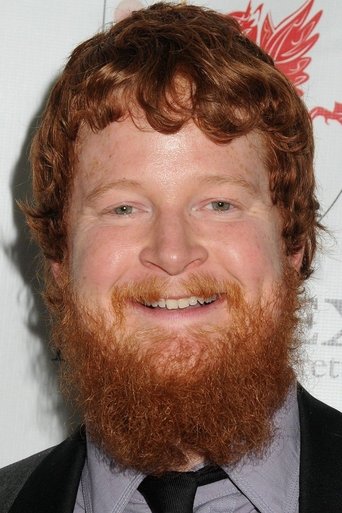

In education, jobs, telemedicine and entertainment, large swaths of the countryside are stifled in basic tasks such as uploading a video or taking an online class. And although Microsoft Corp. doesn't have the ability to measure everyone's actual internet connection, the tech giant says approximately 120 million Americans aren't using the internet at true broadband speeds of at least 25-megabit-per-second downloads and 3 Mbps uploads - a further indication of how many people have been left behind. The Federal Communications Commission has said that nationwide around 14 million people lack access to broadband, also known as high-speed internet. However, the firm Broadband Now, which helps consumers find service, estimates it's closer to 42 million. Last fall, he had a daughter who was a junior in college and another daughter who was a sophomore in high school trying to do online classes from home because of the COVID-19 pandemic. “The internet that’s at my place today was installed 20 years ago,” he said. Today, nothing has changed. The grant left it up to CenturyLink to pick which locations to upgrade, and Hallstrand got nothing. The map of locations eligible for improved service showed that he might finally get on the right side of the digital divide. But at his home in the Town of Ogema, he had speeds not much better than a dial-up modem from the 1990s. Hallstrand, a county supervisor, had worked for 30 years for CenturyLink and another internet company before branching out to start his own engineering business. The federal government had announced that more than 129,000 homes and small businesses across rural Wisconsin were eligible for an upgrade under a $330 million grant awarded to broadband provider CenturyLink. Six years ago, Jeff Hallstrand's home in Price County appeared close to finally receiving a much-needed boost in internet service.


 0 kommentar(er)
0 kommentar(er)
